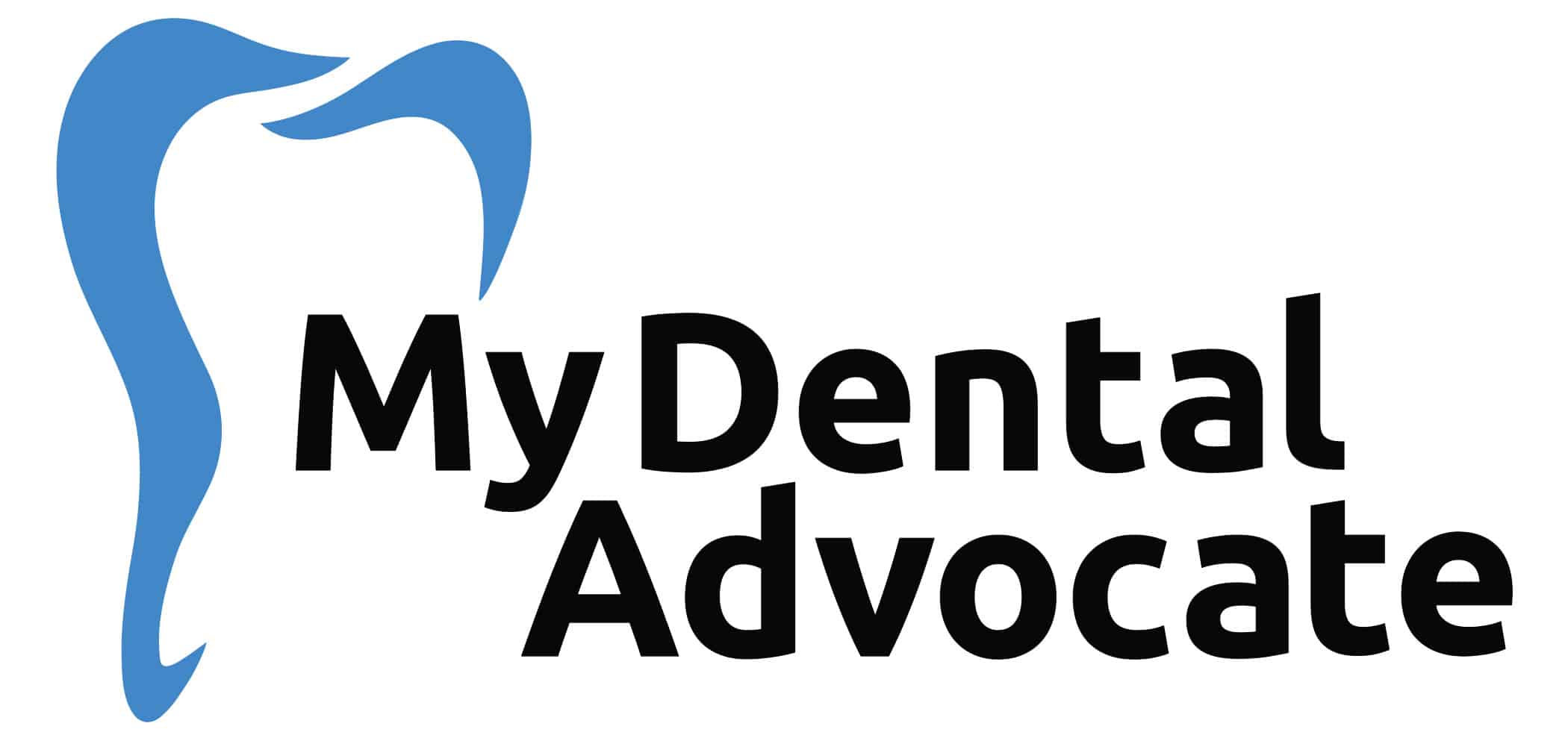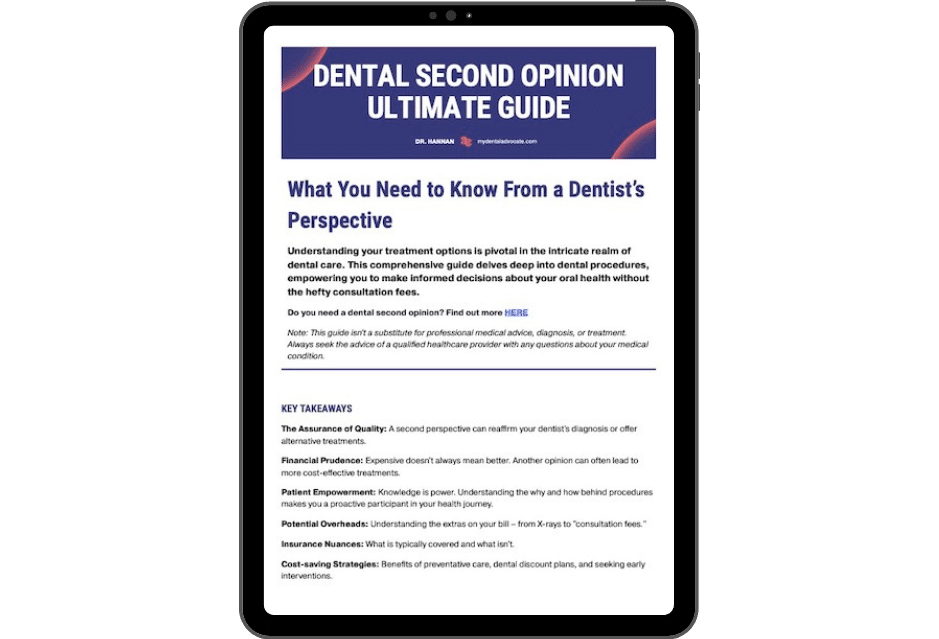Dental Technology Innovations Transforming Modern Dentistry
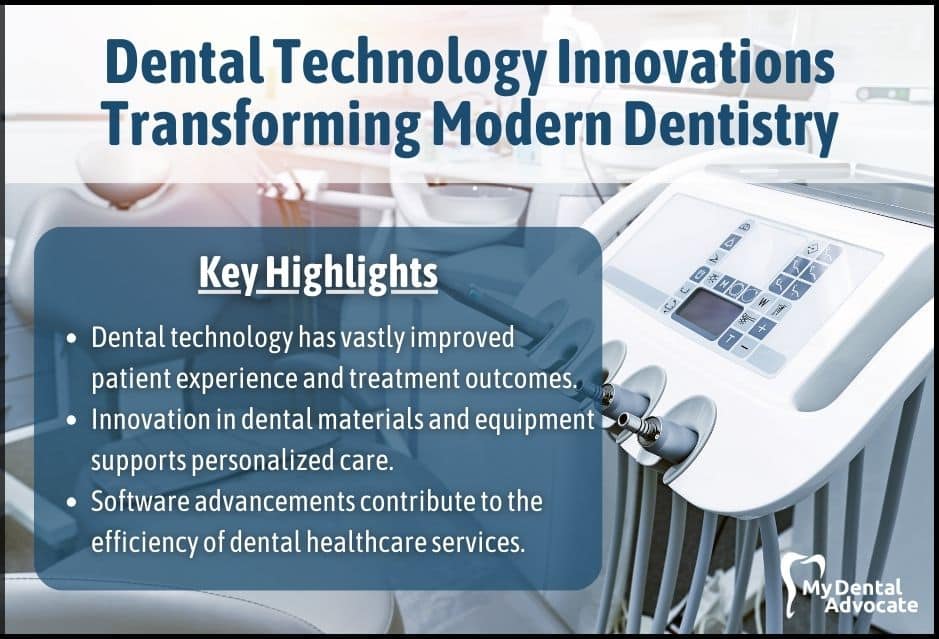
Advancements in dental technology have revolutionized the way dental professionals diagnose, treat, and manage oral health conditions.
Historically, dental procedures were often invasive and relied heavily on the manual skills of the dentist.
However, the field has seen tremendous growth in terms of both the sophistication of tools and techniques used.
With the introduction of digital technologies, your experience at the dentist is more precise, efficient, and comfortable.
Need Dental Advice? Ask Dr. Hannan!
Key Highlights
- Dental technology has vastly improved patient experience and treatment outcomes.
- Innovation in dental materials and equipment supports personalized care.
- Software advancements contribute to the efficiency of dental healthcare services.
Related Posts
- Understanding Dental Treatment Plans (Making Informed Choices)
- Dental Crown Second Opinion (Potentially Save Thousands)
- Role of Teledentistry in Second Opinions (Expanding Access to Care)
History of Dental Technology
The history of dental technology begins with a look back 6,500 years, when the first dental drill was conceived. This ancient innovation was a major leap forward in dentistry.
Fast forward to the 19th century, and you find George F. Green shaking things up with his invention of the foot pedal-operated pneumatic drill in 1868, and then again with the patented electric drill seven years later, as highlighted by New York University’s look at technology’s role in dentistry.
In the early 20th century, technical progress unfolded with many milestones, similar to the Wright brothers’ first flight and Henry Ford’s Model T automobile. This era saw rapid advancements in dental care and instruments which led to improved treatments and outcomes.
By January 2024, Chris Weichenthal notes the revolution in dentistry characterized by cutting-edge innovations, from rudimentary tools to sophisticated digital solutions. The transformation is remarkable, with today’s technology allowing for intricate procedures and better patient experiences.
Recently, the use of 3D printing in dental technology has changed how tools and treatments are developed. The personalized care and precision offered by this technology underscore a new era in dental care, one where every solution is potentially unique and tailored for individual needs, as observed by Dentistry Today.
In essence, you’re witnessing a field that has evolved from simple tooth extraction to complex restorative procedures aided by digital technology, constantly pushing the boundaries of what’s possible in oral health.
Modern Dental Equipment
Innovation in dental technology has revolutionized the way you receive dental care. Modern equipment enhances diagnostic capabilities and improves the precision and efficiency of treatments.
Imaging Technology
Digital X-rays have largely replaced traditional film-based systems. They minimize your exposure to radiation and provide immediate, high-quality images that help dentists diagnose issues more accurately.
Alongside, intraoral cameras have become commonplace, giving you a detailed view of the inside of your mouth.
Dental Lasers
Dental procedures have transformed with soft tissue lasers. These tools allow for less invasive gum surgeries with minimal bleeding and quicker recovery times.
Hard tissue lasers can cut through tooth structure, eliminating the need for a drill in some cases, which can be a relief if you’re uneasy about the noise and vibration.
CAD/CAM Systems
Computer-Aided Design (CAD) and Computer-Aided Manufacturing (CAM) systems have streamlined the creation of dental restorations like crowns and veneers.
You can now receive custom, perfectly fitted restorations faster than ever, sometimes even on the same day of your visit.
Materials Used in Dentistry
In modern dentistry, the materials you come across are chosen for their durability, aesthetics, and compatibility with the natural function of your teeth.
Restorative Materials
Restorative materials are essential for repairing teeth and restoring them to their original shape and function.
Dental amalgam, once standard for fillings, is a strong and durable material composed of a mixture of metals such as silver, mercury, and tin. However, concerns over mercury use have led to an increase in the popularity of composite resins.
These tooth-colored materials blend in seamlessly with your natural teeth and are preferred for the aesthetic results they provide.
Some of the commonly used restorative materials include:
- Dental Amalgam: Used for filling cavities in back teeth.
- Composite Resin: A mixture of plastic and fine glass particles.
- Glass Ionomer: A combination of acrylic and glass that releases fluoride.
Prosthetic Materials
In the realm of dental prosthetics, materials are chosen for their ability to mimic the appearance and strength of natural teeth.
Ceramics, such as porcelain, are frequently used for crowns and veneers because of their excellent color-matching properties and resistance to staining.
Metals, including gold alloys and base metal alloys like cobalt-chromium, are valued in dentistry for their strength and durability, especially in frameworks for partial dentures or for crowns in more stress-bearing areas.
Prosthetic materials often used:
- Ceramics (Porcelain): For crowns, veneers, and some types of bridges.
- Metal Alloys (Gold, Cobalt-Chromium): For crowns, bridges, and denture frameworks.
- Acrylic Polymers: Mainly used in dentures for their adaptability and color versatility.
Digital Dentistry Advancements
With technology constantly evolving, your dental experience is transforming in remarkable ways. Here’s a snapshot of the latest advancements:
- Intraoral Scanners: These devices eliminate the need for gooey impressions. With an intraoral scanner, your dentist can capture a digital map of your mouth quickly and comfortably.
- Teledentistry: Through teledentistry, you can now receive dental consultations and follow-ups from the comfort of your home. This technology is especially beneficial if you have limited access to traditional dental care.
- 3D Printing: Your dentist can now use 3D printing to create dental implants, aligners, and more, right in their office, reducing wait times for customized dental appliances.
- Laser Dentistry: Treatments have become less invasive thanks to laser technology, which reduces discomfort and accelerates healing times for procedures involving soft tissues.
- Computer-Aided Design/Manufacturing (CAD/CAM): Experience faster restorations with full chairside CAD/CAM systems, comprising of an intraoral scanner, a milling machine, and a furnace, enabling same-day dental crowns and other restorations.
Dental Software Solutions
In today’s dental industry, embracing technology is crucial for improving patient care and streamlining practice operations. Dental software solutions offer various features from managing your practice to educating your patients.
Practice Management Software
Practice Management Software is your go-to tool for an efficient dental office.
These powerful platforms, like Akitu One, enhance day-to-day operations with features such as Online Appointment Booking, Automated Reminders, and Integrated Recall Systems.
Patient interactions are made simpler with Two-Way SMS and Instant Chat capabilities.
The right software can notably increase productivity by managing appointments, charting, billing, and reporting all from one system.
Patient Education Software
The role of Patient Education Software is to support the dentist in many ways.
This software often includes a library of interactive diagrams, videos, and illustrations that help make complex dental concepts understandable.
By incorporating tools like Henry Schein One’s patient education solutions, you’re empowering your patients with knowledge, which can lead to better treatment compliance and outcomes, fostering a trusting patient-clinician relationship.
Emerging Trends in Dental Technology
In the dynamic field of dentistry, staying abreast of emerging trends in dental technology is crucial to receiving state-of-the-art care. Here are some key developments that are shaping the future of dental healthcare:
- Teledentistry is revolutionizing the way you receive dental consultations. By utilizing teledentistry, you have the convenience of accessing professional advice without the need to visit a dentist’s office, as outlined in an article on HealthTech.
- Digital and 3D models are enhancing diagnostic capabilities beyond traditional methods. 5 tech trends to watch in 2023 reflects on this advancement, making procedures like implant placements and orthodontic treatments more precise and personalized to your needs.
- Artificial Intelligence (AI) in dentistry is not just a buzzword. It’s improving the efficiency of dental practices and patient outcomes by aiding in everything from diagnostic imaging to predicting future oral health issues.
- Robot-assisted surgery is emerging as a trend that adds precision to dental surgeries, enhancing safety and recovery times. This is particularly impactful for complex procedures, as detailed in a discussion on Top 10 Dental Industry Trends in 2024.
MDA Verification Report
What is the My Dental Verification Report, and why is it important?
Our board-certified dentists will review your case and provide an unbiased second opinion on how you should move forward with your proposed dental treatment.
We respect all dentists suggested treatment; however, we desire clarity for your dental needs.
You should understand what dental work is necessary to move forward with treatment confidently.

Highlights
- Avoid unnecessary dental treatment
- Potentially save you thousands of dollars
- Information reviewed privately and securely
- Unbiased assessment that brings you peace of mind
- Quick response time to review the report at your convenience
- Clarity and confidence moving forward with dental treatment
- Completed from the comfort of your own home
What’s Involved?
With My Dental Advocate, patients of all ages now have an unbiased, expert second opinion to securely review their proposed dental treatment and gain the knowledge to improve their oral health.
Step 1: Complete Questionnaire
The questionnaire includes a brief medical history, oral hygiene habits, and an opportunity to explain your dental concerns.
Step 2: Upload X-rays
Contact your provider to request your x-rays or take a photo of them at the office. You can also upload dental photos, current treatment plans, periodontal probings, and other supporting documents.
Step 3: Submit Payment
We will privately send your information to a board-certified dentist who will securely assess your case and provide a detailed second opinion for your proposed dental work.
Step 4: Receive MDA Verification Report
We will email your MDA Verification Report second opinion within hours for review at your convenience and from the comfort of your home.
Frequently Asked Questions (FAQ)
Need a second opinion? We can help! Learn more. Knowledge is power when cultivating healthy dental habits. The more informed you are, the better positioned you’ll be to prevent avoidable and potentially costly dental procedures for you and your family. Watch for future blog posts, where we’ll continue sharing important information, product reviews and practical advice!

About the Author
Dr. Matthew Hannan, also known as “Dr. Advocate,” is a board-certified dentist on a mission to provide accurate dental patient education. He attended Baylor University before completing dental school at UT Health San Antonio School of Dentistry. He now lives in Arizona with his beautiful wife and 4 kids. Dr. Hannan believes everyone should access easy-to-read dental resources with relevant, up-to-date dental research and insight to improve their oral health.

Connect with Dr. Hannan!
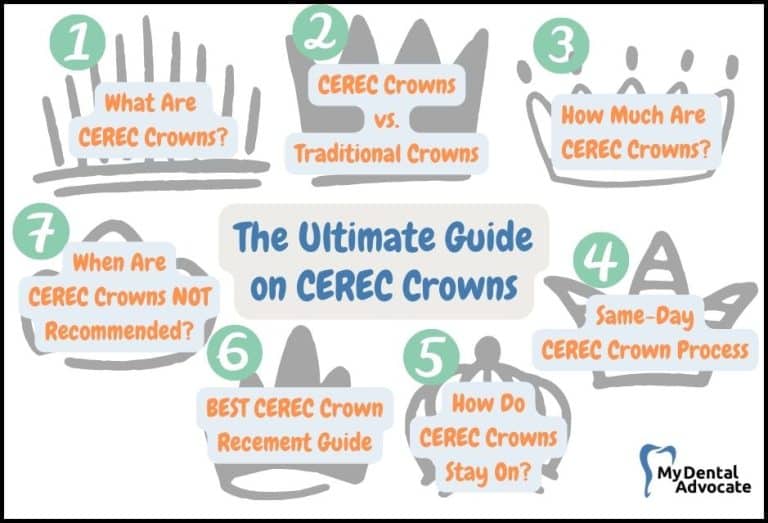
CEREC Crowns | The Ultimate Guide (Content Hub)
CEREC crowns are same-day crowns that are fabricated in-office using CAD/CAM technology. This article is the content hub for CEREC crowns and is divided into seven sections. Each section links to another article…
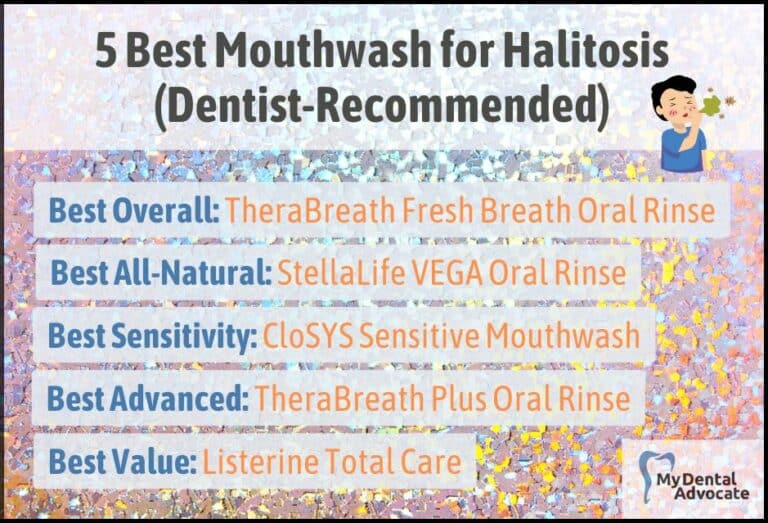
Best Mouthwash for Halitosis (Top Picks)
In today’s world, personal hygiene plays a pivotal role in our daily lives, not just for our physical health but also for our social interactions. One aspect of personal hygiene that often gets overlooked is oral health, specifically addressing the problem of halitosis, or as it’s more commonly known, bad breath.
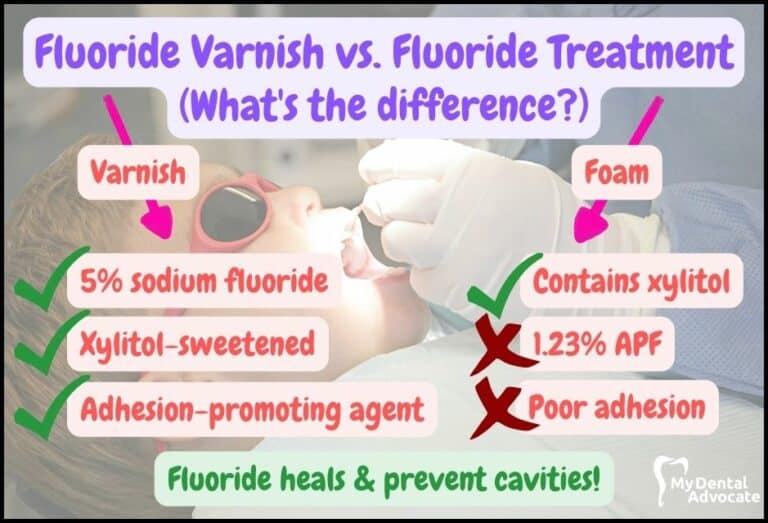
Fluoride Varnish vs. Fluoride Treatment (What’s the Difference?)
What’s the difference between fluoride varnish and fluoride treatment? Fluoride is a hot topic today, especially in the dental office. There are many questions about fluoride, including its effectiveness, safety and necessity. Is it safe for children? It’s so expensive; is it worth it?
Gain Clarity with Our FREE Second Opinion Guide
Receive clear, expert second opinions online within 48 hours. Start today!
Product Reviews
Our 250+ dental product reviews (and counting), curated by an experienced dentist, are the most comprehensive online.
Toothbrush Genie
State-of-the-art chatbot designed to help you discover your perfect toothbrush in just a few simple steps!
Cavity Risk Assessment
Cutting-edge digital tool designed to evaluate your individual cavity risk based on your responses to a series of questions.
Gum Disease Assessment
Discover your gum disease risk with our quick and engaging 6-question assessment!
